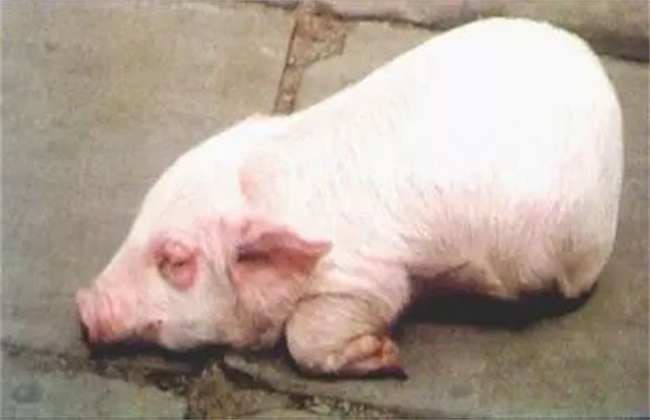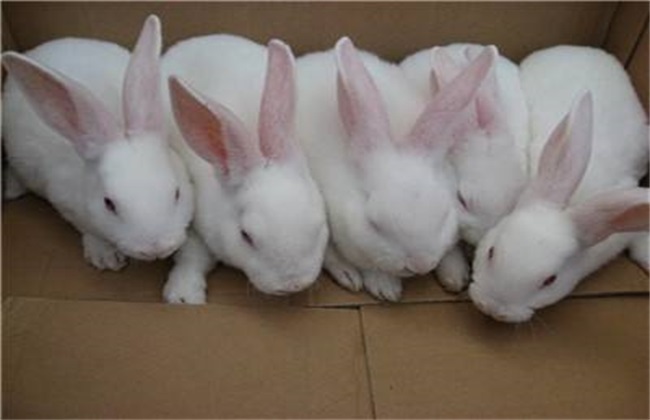Characteristics of ruminating in cattle
In general, cattle have four stomachs, so there will be the phenomenon of ruminating, but now in breeding, we can generally observe the ruminating of cattle to see the health status of cattle. It is a good way to prevent some diseases of cattle in advance, and experienced farmers can know the problem through observation. So how to observe and judge this phenomenon. Now let's look for the answer below.

1. The structure of bovine stomach
Cattle have four stomachs, only one true stomach, and three are caused by esophageal variation. Each stomach has a name, only the abomasum is the true stomach, and there are three variations of the rumen, reticulum and valvular stomach. The one who secretes gastric juice is the true stomach. But all four stomachs can play an important role in digestion. The rumen is full of microbes that digest most of the food; reticulate the stomach and screen out the heavy objects eaten, such as nails; the stomach is the function of squeezing and grinding food; and the abomasum is the main part of digestion.
2. Characteristics of ruminating.
After eating and chewing, you can enter the tumour stomach, and then you can return to your mouth to continue chewing when you rest. This is regurgitation. There are four stages in which food returns from the stomach to the mouth, chews, mixes saliva, and then swallows. It goes through this process every time. The state of ruminating is related to the health of cattle, and the health condition can be observed.
3. Slow down the function
Generally speaking, the time of ruminating is more than 40 minutes, more than 5 times a night. However, if the number of rumination decreases, the time becomes shorter, and the number of chewing of food balls decreases, it may be a phenomenon of weakness. It is likely to be rumen accumulated food, forestomach relaxation, flatulence and so on, or diseases such as poisoning, metabolic disease, and encephalopathy. So treatment can be found as soon as possible.
4. No longer regurgitate
If there is no ruminating phenomenon at all, then the problem is more serious, it is likely that the forestomach can not move, gastric wall paralysis. If the stopping phenomenon occurs many times, it may be reticular gastritis, chronic diseases and so on, such as tuberculosis diseases. These diseases can consume the body of cattle for a long time, resulting in poor rumination. The rumination of cattle not only determines the digestive function of cattle, but also reflects the health of cattle.
The rumination of cattle is closely related to the health of cattle, and the health of cattle can be understood from the rumination of cattle. It can prevent some diseases, or detect and treat some diseases in advance. It is necessary to pay attention to rumination in breeding.
Related
- On the eggshell is a badge full of pride. British Poultry Egg Market and Consumer observation
- British study: 72% of Britons are willing to buy native eggs raised by insects
- Guidelines for friendly egg production revised the increase of space in chicken sheds can not be forced to change feathers and lay eggs.
- Risk of delay in customs clearance Australia suspends lobster exports to China
- Pig semen-the Vector of virus Transmission (4)
- Pig semen-the Vector of virus Transmission (3)
- Five common causes of difficult control of classical swine fever in clinic and their countermeasures
- Foot-and-mouth disease is the most effective way to prevent it!
- PED is the number one killer of piglets and has to be guarded against in autumn and winter.
- What is "yellow fat pig"? Have you ever heard the pig collector talk about "yellow fat pig"?



